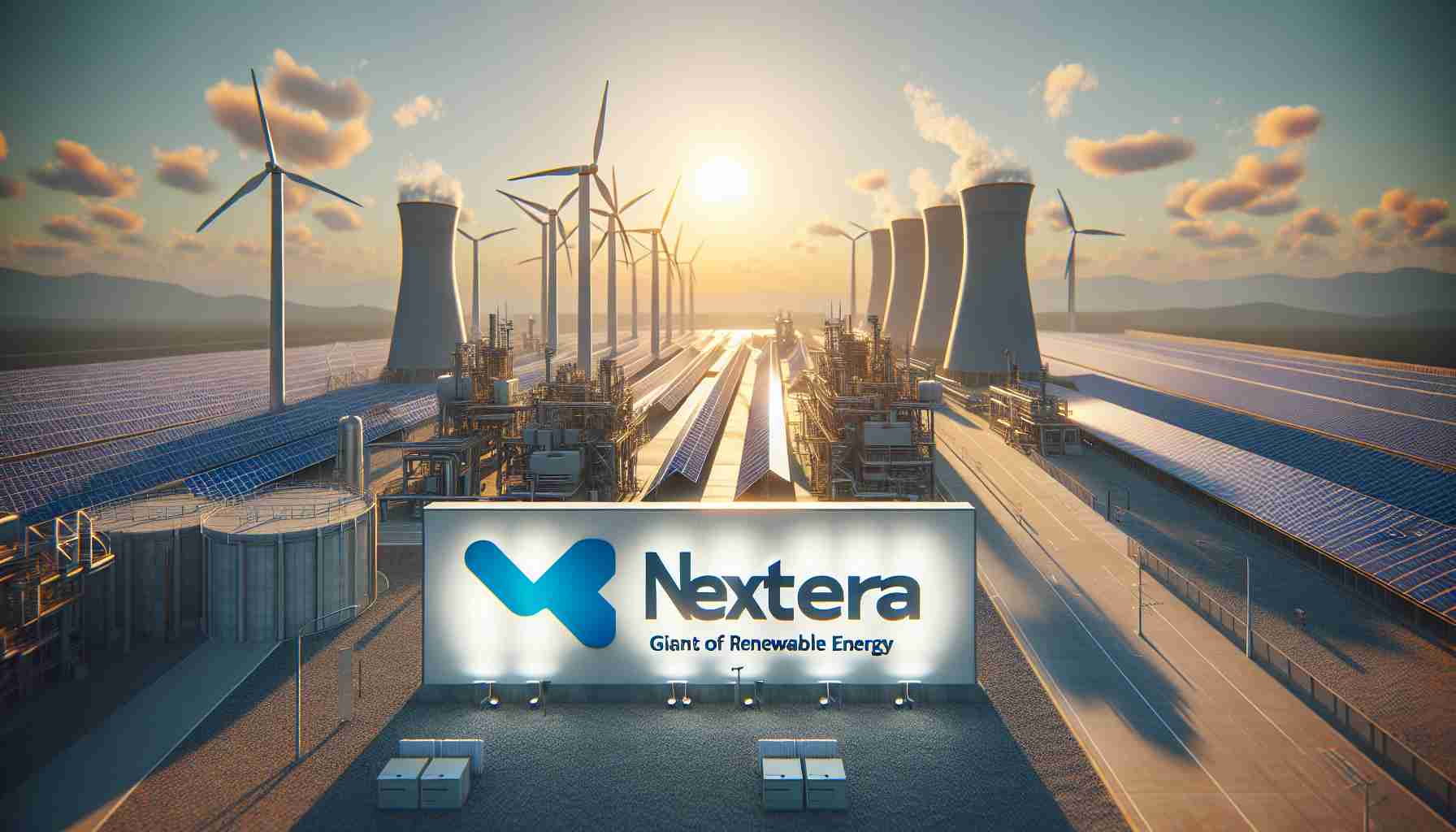Huawei recently hosted a global optical summit, unveiling groundbreaking solutions aimed at revolutionizing industries worldwide. The event, themed “Empowering Industrial Intelligence with F5G-A,” drew attention from industry leaders and partners globally, marking a significant step towards advancing technological innovation.
During the summit, Huawei unveiled a range of cutting-edge products and solutions designed to enhance connectivity and efficiency in various sectors. One standout solution introduced was the Next-Gen FTTO 2.0 for medium to large campuses, leveraging XGS-PON Pro and Wi-Fi 7 technologies to boost bandwidth and networking capabilities. This advancement promises to elevate user experience and operational efficiency, setting a new standard for optical campus infrastructure.
In addition, Huawei also launched the OptiXtrans E6600 for energy and transportation networks, offering support for the advanced fgOTN standard to ensure reliable communication networks in the era of smart technology. The technical whitepaper released during the summit further detailed the implementation and benefits of fgOTN standards, outlining a roadmap for future optical communication applications across industries.
Furthermore, Huawei introduced the next-gen DCI platform, OptiXtrans DC908 Pro, catering to smart data center interconnectivity with Tbps per wavelength capacity, guaranteeing secure and efficient data transmission between centers.
By spearheading these innovative solutions, Huawei continues to drive industry transformation and collaborative partnerships, heralding a new era of industrial intelligence and technological advancement.
Huawei Unveils Cutting-Edge Solutions to Propel Technological Advancement
Huawei’s recent global optical summit showcased an array of innovative solutions that are set to revolutionize industries worldwide. The event, centered around the theme “Empowering Industrial Intelligence with F5G-A,” not only drew the attention of industry leaders and partners globally but also set the stage for groundbreaking advancements in connectivity and efficiency across various sectors.
One of the key highlights from the summit was the introduction of Huawei’s Next-Gen FTTO 2.0 solution, tailored for medium to large campuses. By incorporating XGS-PON Pro and Wi-Fi 7 technologies, this cutting-edge solution aims to significantly enhance bandwidth and networking capabilities, ultimately optimizing user experience and operational efficiency within campus settings.
On a different note, Huawei also unveiled the OptiXtrans E6600, specifically designed for energy and transportation networks. This solution boasts support for the advanced fgOTN standard, ensuring robust and reliable communication networks in the age of smart technology. The detailed technical whitepaper released during the summit shed light on the implementation and advantages of fgOTN standards, providing a roadmap for future optical communication applications across various industries.
Additionally, the introduction of the next-generation DCI platform, OptiXtrans DC908 Pro, addresses the need for seamless data center interconnectivity. With its remarkable Tbps per wavelength capacity, this platform guarantees secure and efficient data transmission between data centers, paving the way for enhanced operational capabilities within smart data center environments.
Key Questions and Controversies:
1. How does Huawei’s innovative optical solutions compare to competitors in the market?
– Huawei’s commitment to developing cutting-edge optical solutions positions it as a formidable competitor in the industry, known for its focus on technological advancement and industrial intelligence.
2. What are the potential challenges associated with the adoption of Huawei’s optical solutions by industries worldwide?
– Key challenges may include compatibility issues with existing infrastructure, concerns related to data security, and regulatory hurdles in certain regions regarding technology implementation and data transmission protocols.
Advantages and Disadvantages:
Advantages:
– Huawei’s solutions offer state-of-the-art technologies that boost connectivity and operational efficiency.
– The implementation of advanced standards like fgOTN ensures reliable communication networks for various applications.
– The Tbps per wavelength capacity of the OptiXtrans DC908 Pro platform sets a new standard for secure and efficient data transmission.
Disadvantages:
– Adoption of new technologies may come with integration challenges and require significant investments in infrastructure upgrades.
– Concerns regarding data privacy and security may arise due to the sophistication of Huawei’s optical solutions.
– Regulatory compliance and approval processes could pose obstacles to the widespread adoption of these advanced solutions.
For more information on Huawei’s innovations and technological advancements, visit Huawei’s official website.






















